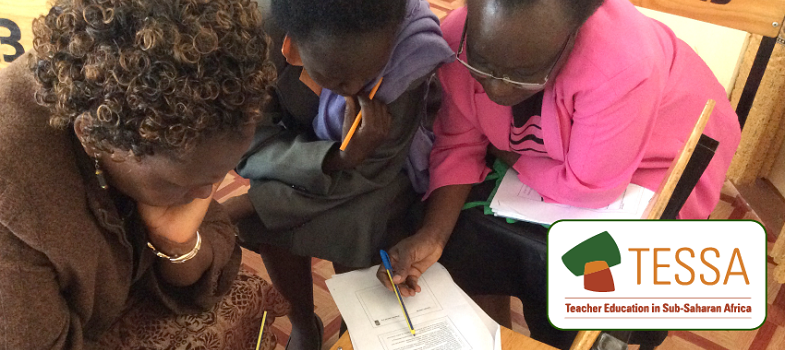1. Building a timeline
Investigating a particular period in history, and trying to sequence events in the order in which they happened, will help pupils begin to see the links between events and some of the possible causes. Understanding the causes of change in our countries and societies may help us to live our lives better.
The purpose of this part is to explore how using timelines in history can be a useful way to divide time into more manageable ‘bits’, so that we know which ‘bit’ or period we are dealing with. This is particularly important when we are teaching history, because it is crucial that pupils understand the idea of change over time.
From an early age, pupils need help to sort and order events. As they grow and experience life, they can revisit activities like these ones, using more complex sequences and events.
(Section 1 in this module used timelines to explore family history. You might find it helpful to look at that section if you have not done so already, particularly if you are working with younger pupils.)
Case Study 1: Ordering events
Ms Tetha Rugenza, who teaches history at a small school in Rwanda, wants to show her Grade 4 class how to divide up time into smaller periods. In order to do this, she plans a lesson where she and her pupils explore how to construct a timeline and divide it into periods.
Ms Rugenza decides to use the example of Rwanda. She draws a timeline on the board of the history of Rwanda. To help pupils understand the concept of periods, she divides the history of Rwanda into the pre-colonial, the colonial and the independence period. To give a sense of how long each of these periods is, she draws each period to scale.
She writes a list of important events, together with the date on which they took place, on separate pieces of paper and displays these on a table. Each event, she tells the class, falls into a particular period. She asks her pupils to work out which events fall into which period and in which order, doing a couple of examples herself. She calls out one event at a time and allows a pupil to come and stick it next to the appropriate place on the timeline. The rest of the class check that it has been put in the correct place. Through discussion, she helps the pupils if they are not sure where an event should go. She asks them if they can think of any other national events that should be placed on the timeline and adds them as appropriate.
Activity 1: Drawing timelines
Tell the class that they are going to make a timeline of the school year together.
- Start the lesson by asking your pupils to write down the most important events that have taken place in school during the year.
- Ask them to give each event a date if they can, or to find this out.
- Ask pupils to order these events from the beginning to the end of the school year.
- Help pupils to decide on how big they want their timelines to be and to create a scale accordingly.
- Ask pupils to mark out each month correctly in terms of their chosen scale and to write down the event dates on the left-hand side of the timeline – starting at the bottom of their timeline with the past, and working up to the present at the top.
- On the right-hand side of the timeline, ask pupils to write a short description of the appropriate event next to each date.
- Display the timelines for all to see.
(If you do not have enough resources for this to be done individually then it can be done in groups of up to five pupils.)
- Discuss as a whole class whether there are some school events that could happen at any time of the year. Are there some that have to happen at a particular time? Why? (End-of-year exams, for example – why can’t they happen at the start of the year?)
Section 4 : Understanding timelines



